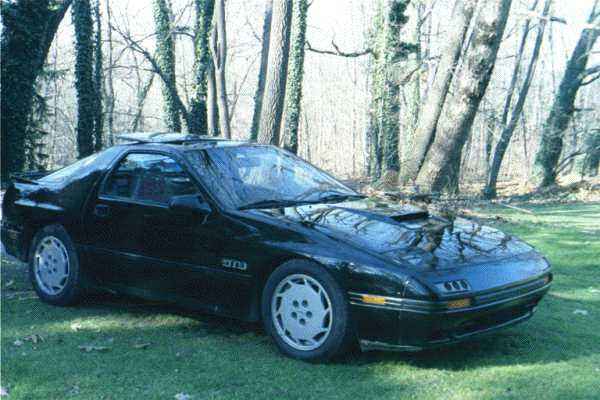
 | |
| Parts |
|
|||||||||
|
|
||||||||
Odds and ends of possible interest |
|||||||||
|
|
||||||||
This is an MSD 6A ignition system added to enhance spark at high rpms for the compressed charge. The installation was simple but I don't detect much improvement to the already excellent stock ignition system.
This is a dyno sheet for runs 4 and 5 from July 2000. They show the new Dynojet capability of printing an O2 line along side the horsepower line. As these runs show, my fuel pump is running out of capacity about 4500 rpm and by 5200 my AF ratio is getting dangerously lean. A 255 lpm Walbro will be added and re-dynoed. Pull 7 this day yielded 212.2 RWHP.
This is a field expedient conversion from supercharger to NA. It is easy to do in about a half hour using two spare alternator brackets and a 6-rib supercharger pulley.
The throttle body mod (TBM) consists of removal of all the secondary (upper) butterfly actuator assemblies and the butterflies themselves as well as drilling and tapping the resulting holes through which the butterfly rod passed. A partial TBM does all the above except leaves the butterfly rod in place to plug the hole and eliminates the need to drill, tap and plug. Dirty but effective.
Rear view of the TB showing where the thermo-wax assembly has been removed along with the vacuum lines which passed beneath the front of the TB. The black plastic plate may be reused (seal with rtv) to stopper the rear hole from the removed butterfly rod and held in place with a couple of nuts which shim the cruise control bracket into position for proper operation. Be sure to remove the fast idle cam or the idle will hang up around 2000 rpm.
This shows the "partial TBM" leaving the butterfly rod in place but removing the upper butterflys.
Don't worry, this is TWO TBM parts sets off of TWO throttle bodies being done at the same time. Note the butterfly rod in foreground. The most effective and clean TBM removes the rod and plugs the front and rear holes, taps them and seals them with brass or steel pipe plugs. |